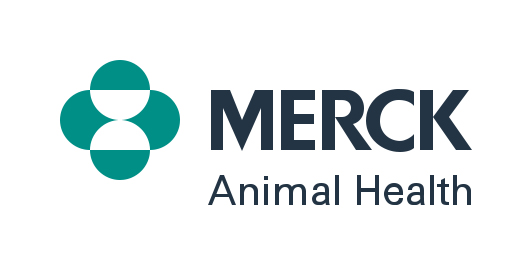An assessment of canine ectoparasiticide administration compliance in the USA
Abstract Background: This study evaluated the timing of dog owner ectoparasiticide purchases to estimate administration compliance and assess the consequent impact of dose purchase gaps on the proportion of time that dogs were protected over a 12-month period. Methods: Ectoparasiticide purchase transactions over a 12-month period were evaluated for 626 US veterinary hospitals to determine […]
